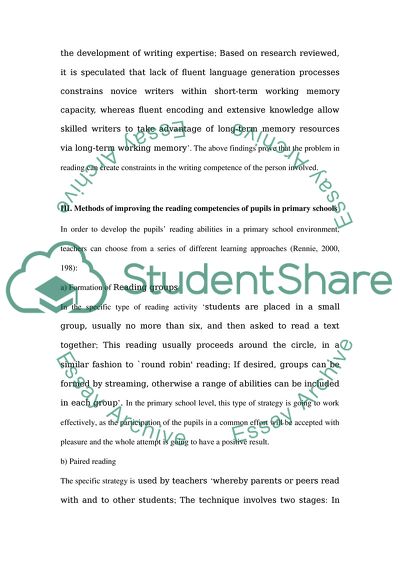Cite this document
(Helping Non-fluent Readers Coursework Example | Topics and Well Written Essays - 2250 words, n.d.)
Helping Non-fluent Readers Coursework Example | Topics and Well Written Essays - 2250 words. https://studentshare.org/education/1703207-pirmary-literacy-helping-non-fluent-readers
Helping Non-fluent Readers Coursework Example | Topics and Well Written Essays - 2250 words. https://studentshare.org/education/1703207-pirmary-literacy-helping-non-fluent-readers
(Helping Non-Fluent Readers Coursework Example | Topics and Well Written Essays - 2250 Words)
Helping Non-Fluent Readers Coursework Example | Topics and Well Written Essays - 2250 Words. https://studentshare.org/education/1703207-pirmary-literacy-helping-non-fluent-readers.
Helping Non-Fluent Readers Coursework Example | Topics and Well Written Essays - 2250 Words. https://studentshare.org/education/1703207-pirmary-literacy-helping-non-fluent-readers.
“Helping Non-Fluent Readers Coursework Example | Topics and Well Written Essays - 2250 Words”. https://studentshare.org/education/1703207-pirmary-literacy-helping-non-fluent-readers.


